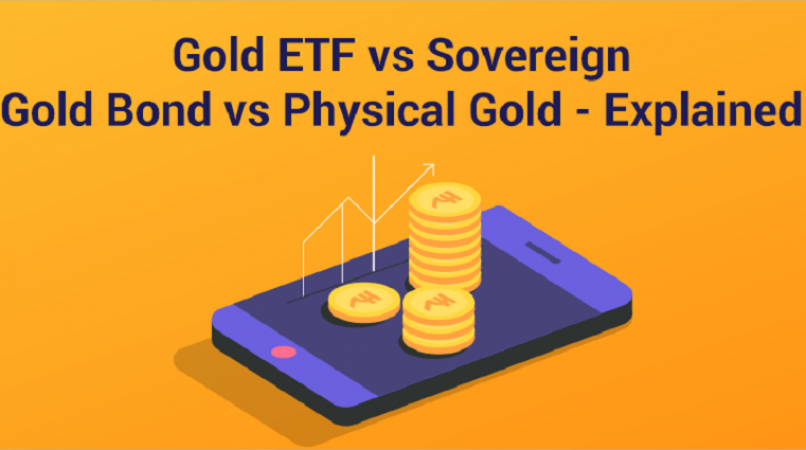
In today's dynamic financial landscape, investors continually seek reliable and diversified avenues to preserve wealth and hedge against market volatility. Gold, revered for centuries as a store of value, has been a coveted asset class for investors looking to secure their portfolios. While traditional investment in physical gold has long been the norm, the emergence of Gold Exchange Traded Funds (ETFs) has introduced a more flexible and advantageous approach to investing in this precious metal. Here are five key advantages of Gold ETFs over physical gold investments:
Liquidity and Accessibility: Gold ETFs offer unparalleled liquidity and accessibility compared to physical gold. Unlike owning physical gold, which requires secure storage and incurs associated costs, Gold ETFs are traded on major stock exchanges, providing investors with the flexibility to buy and sell shares easily during market hours. This accessibility allows for swift and cost-effective transactions, making it an attractive choice for investors seeking instant exposure to gold prices without the logistical concerns of storing and insuring physical bullion.
Cost Efficiency: Investing in Gold ETFs can be more cost-efficient than purchasing physical gold. When buying physical gold, investors face additional expenses such as fabrication, transportation, storage, and insurance costs. Gold ETFs eliminate these expenses, offering a more cost-effective investment avenue with lower management fees and bid-ask spreads, thereby optimizing the overall cost structure for investors.
Diversification and Fractional Ownership: Gold ETFs enable investors to diversify their portfolios easily and acquire fractional ownership of gold. While physical gold bars or coins typically require a substantial investment, Gold ETFs allow investors to buy smaller units, providing the opportunity to diversify across various asset classes within a single investment. This fractional ownership enables even modest investors to access the gold market, promoting portfolio diversification without committing large sums of capital.
Transparency and Tracking: Gold ETFs offer transparency and tracking of gold prices in real-time. These funds are designed to mirror the performance of gold prices, with their net asset value (NAV) directly linked to the prevailing market price of gold. This transparency provides investors with a clear understanding of the underlying asset's value, ensuring a direct correlation between the ETF's performance and the gold market, which can be lacking in physical gold investments due to pricing discrepancies and lack of real-time valuation.
Risk Mitigation and Security: Gold ETFs mitigate risks associated with owning physical gold, such as theft, loss, or counterfeit concerns. With Gold ETFs, investors are insulated from the vulnerabilities linked to storing and safeguarding physical gold. Additionally, the standardized and regulated nature of ETFs offers a layer of security, backed by stringent regulatory oversight, custodial safeguards, and audit mechanisms, providing investors with peace of mind regarding the security and legitimacy of their investment.
Gold ETFs present a compelling alternative to traditional physical gold investments, offering enhanced liquidity, cost efficiency, diversification, transparency, and risk mitigation. While both investment avenues retain inherent advantages and cater to distinct investor preferences, the flexibility and convenience offered by Gold ETFs make them an attractive and accessible option for individuals seeking exposure to the gold market within a modern investment framework.